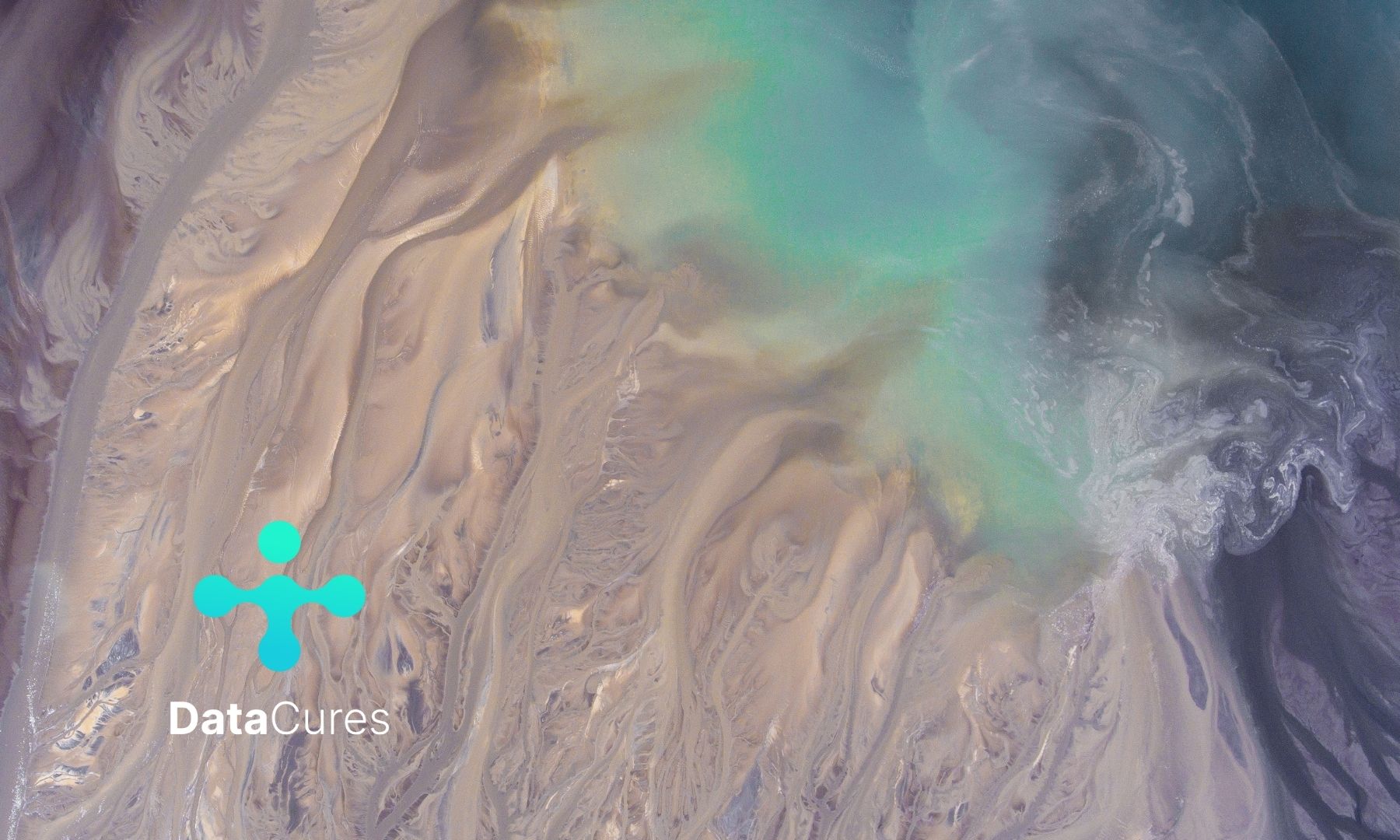
- AI and data science
-
by Kristina Liebute
The ongoing Covid-19 pandemic has pushed scientists to explore different ways of determining where the next virus outbreak is going to be with the help of healthcare data analytics. They turned to sewers.
Indeed, investigating sewage systems has become scientists’ go-to for pandemic insights. What does healthcare data analytics have to do with it?
While it may sound like a new practice. Actually, it reaches the 19th century, when cholera outbreaks in London were traced back to wastewater.
When monitoring sewers in 2013, Israeli scientists recently discovered an upcoming paralyzing polio outbreak. A national vaccination campaign was quickly launched and the crisis was averted. The same year, using the same methods, hepatitis A and Norovirus outbreaks were prevented in Sweden.
Using sewage water to predict virus outbreaks isn’t new. But monitoring sewage has yet to reach its full potential.
The challenge is not to collect samples and analyze data. The issue is how to interpret that data and use it to the public’s benefit.
In a way, it is all about predicting the future – determining the possible health threats and stopping them at their roots.
This is where a need for more sophisticated data analytics tools comes in.
Scientists can measure and set up automatic alerts based on viral concentration levels. Also, they can determine exactly how quickly and where a particular virus can spread.
Establishing specific thresholds can then trigger a governmental response, eliminating the need for isolation and restrictions before a disease outbreak.
More about monitoring sewage systems: The Business Standard and PNAS
Want to stay up-to-date on the latest healthcare data news and advancements? Sign up for our newsletter here.



